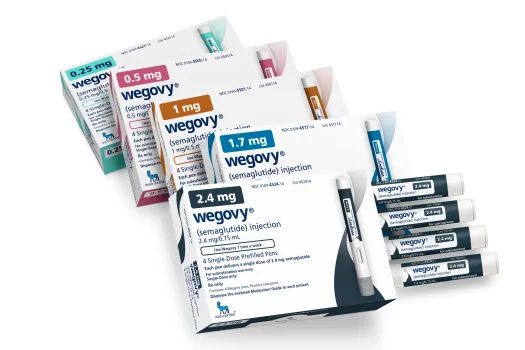Novo Nordisk Set to More Than Double U.S. Supply of Lower Wegovy Doses

Novo Nordisk, the Danish pharmaceutical company, is set to significantly increase the supply of lower doses of its obesity drug Wegovy in the United States, according to CEO Lars Fruergaard Jorgensen. This decision comes as a response to the overwhelming demand for the popular weight-loss therapy. The expansion in weekly injection volumes is anticipated to allow new patients to initiate treatment, and the impact of this move will soon be evident in the upcoming U.S. prescription data.
The company had previously faced challenges in meeting the high demand for Wegovy, prompting it to impose restrictions in May. At that time, Novo Nordisk had limited the number of U.S. patients who could commence treatment by reducing the supply of the lowest three doses of the weekly appetite-suppressing injection. While the recent announcement indicates an increase in supplies of lower-strength Wegovy doses to the U.S. market, the company has not officially lifted the previously imposed restrictions.
It’s noteworthy that, despite the boost in supply, four out of five dose strengths of Wegovy continue to experience shortages in the United States, as reported by the U.S. Food and Drug Administration website. This suggests that the overall availability of Wegovy remains constrained, and the company is yet to fully address the shortages across all dose strengths.
Recent data from healthcare data firm IQVIA reveals a decline in new U.S. prescriptions for Wegovy, with about 54,150 prescriptions written for the week ending January 19. This marks a significant decrease from the peak of 135,000 prescriptions observed in May. It remains to be seen how the increased supply of lower doses will impact prescription trends and whether Novo Nordisk can effectively address the ongoing challenges in meeting the demand for Wegovy.





